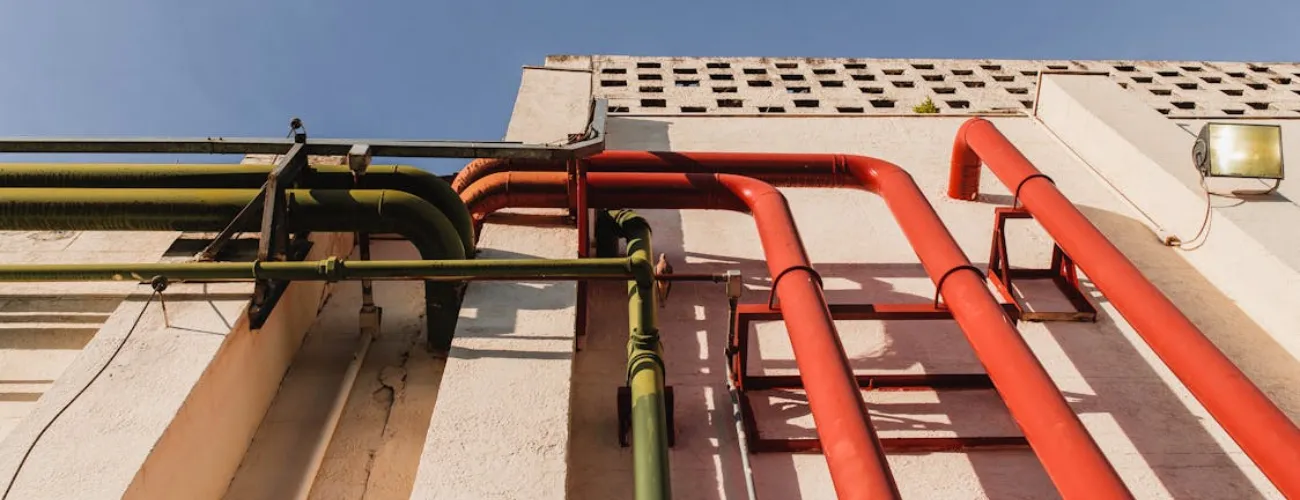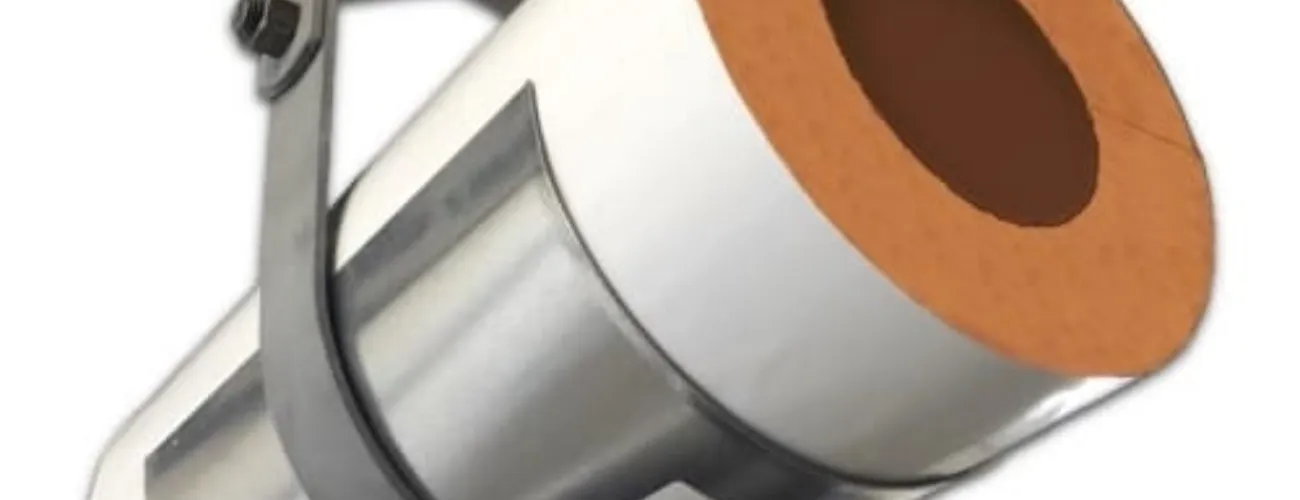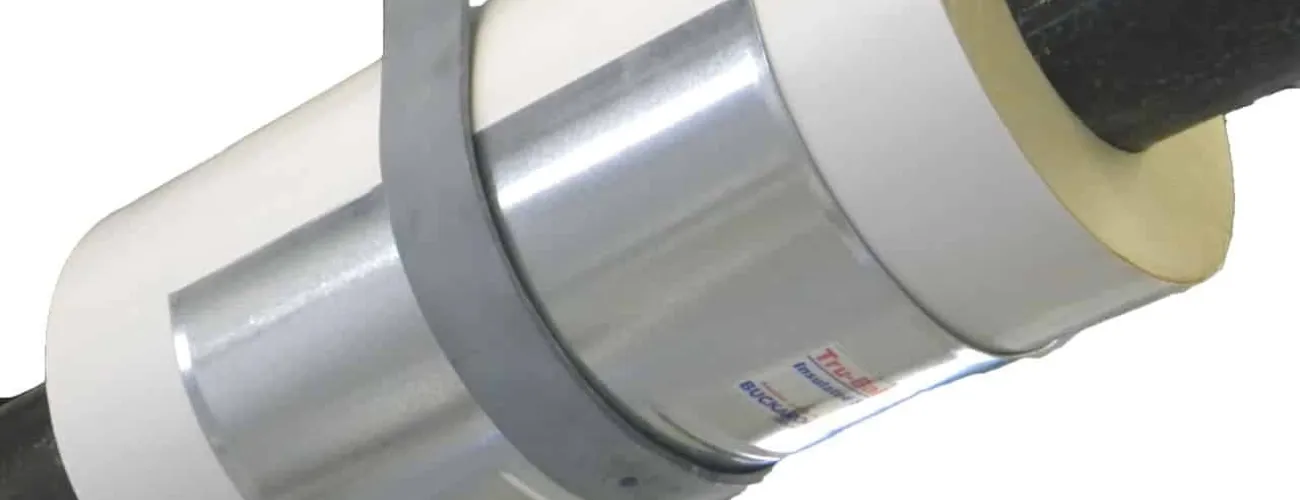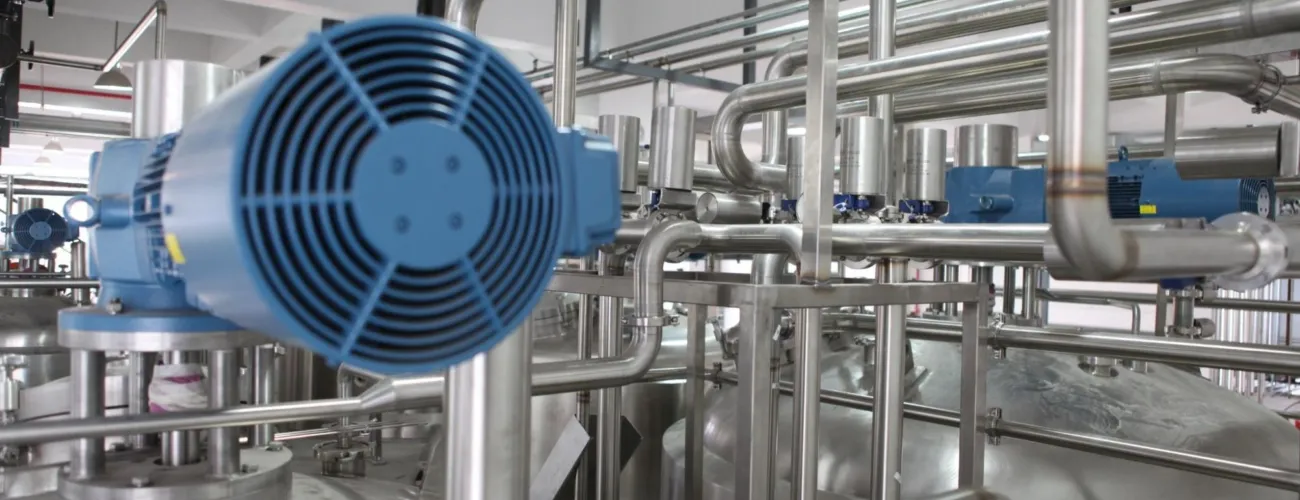Fire-Rated Pipe Insulation Explained
In the industrial sector, proper pipe support design is not just a suggestion; it’s a necessity. Understanding the principles behind designing these crucial structures is fundamental to the integrity, safety, and longevity of piping systems.
This guide will illuminate the intricacies of pipe support design, and offer insights into standards, calculations, and real-world application examples, to help ensure that professionals can make informed decisions.

Why Pipe Support Design is Crucial
Pipe support design plays an indispensable role in ensuring the seamless operation of industrial systems. A well-designed pipe support structure prevents the excessive vibration, oscillation, and displacement of pipes, and guarantees their stability and longevity. This is particularly vital considering the high pressure and temperature that pipes often endure, which could lead to disastrous consequences if not adequately controlled.
The Standards for Effective Pipe Support Design
Proper design of pipe support structures is grounded in engineering standards and best practices, and demands attention to various key factors to ensure system reliability and durability.
Adhering to Pipe Support Design Standards
- Compliance with Codes: Adherence to international codes (ASME, ISO) helps to guarantee structural integrity.
- Load Considerations: Accounting for different loads (dead, live, thermal, environmental) is crucial in the design process.
- Material Selection: Durability depends on choosing materials based on environmental conditions and load requirements.
Types of Pipe Supports and Their Applications
Understanding the various types of pipe supports is fundamental to their correct application in varying scenarios. This section will explore the diverse range of pipe supports, their unique characteristics, and how they cater to different industrial applications.
- Fixed Supports: Bear the weight of the pipe, and restrict vertical movement.
- Guide Supports: Allow controlled horizontal movement, and restrict vertical and axial movement.
- Rest Supports: Used for horizontal lines to bear the pipe’s weight.
- Anchor Supports: Restrict movement in all directions, by counteracting forces from internal pressure and thermal expansion.
- Hangers: A type of suspension support, providing flexibility and resilience, typically used for vertical or steeply inclined pipes to compensate for a variety of loads and movements.
- U-bolts: This is a common and economical type of pipe support that securely fastens pipes to structures, to help ensure stability while accommodating minor thermal expansion and contraction movements. They are typically designed to support pipework in environments where temperature fluctuations and vibrations are prevalent, such as power plants and processing facilities.
- Rollers: These pipe supports facilitate movement in pipes that undergo significant thermal expansion or contraction. Rollers, equipped with bearings, provide a low-friction surface that allows the pipe to move smoothly and efficiently, thus ensuring the structural integrity of the system to avoid potential damage.
- Girder Beam Clamps: Specially designed supports that attach pipes securely to girders or beams. They provide a sturdy hold while allowing for necessary adjustments, to help ensure stability and flexibility in the piping system under various load conditions and operational scenarios.
- Saddles: These are supportive structures that distribute the load of the pipe over a larger area, to reduce stress concentrations and protect the pipe from potential deformity. They’re commonly used in scenarios where pipes are resting on or passing through walls, floors, or steel beams, significantly enhancing the overall durability and stability of the system.
How to Design Pipe Supports

Crafting an optimal pipe support design involves a nuanced understanding of system demands and external factors, to help ensure safety and functionality. The following presents a general guideline for designing these supports.
Understanding The Role of Supports in Piping Systems
Standard supports play a crucial role in maintaining the structural integrity of piping systems. They provide the necessary stability to help ensure that the pipes remain secure under various load conditions and operational settings. By evenly distributing the mechanical stress across the system, these supports prevent issues related to overloading and extreme stress points, which could lead to system failure.
Identifying Optimal Locations for Pipe Supports
The strategic placement of pipe supports is essential in balancing out forces exerted by the content and operations of the pipes. Proper location determination helps minimize stress, control vibration, and accommodate thermal expansion or contraction. This involves analyzing points of maximum stress, bends, and junctions, so that the supports are positioned to effectively stabilize the system without impeding functionality.
Establishing Appropriate Pipe Support Distances
Correct span or spacing between pipe supports is critical in avoiding undue stress and potential sagging. This distance is calculated based on several factors, including the weight of the pipe (empty and full), the properties of the material being transported, and the anticipated temperature ranges. Appropriate spacing ensures that the pipe remains supported against various stresses while reducing unnecessary strain on the supports and the system as a whole.
Choosing Suitable Materials for Pipe Supports
Selecting the right materials for pipe supports involves considering environmental conditions, load-bearing requirements, and compatibility with the piping system. The materials must withstand physical stresses and potential corrosive elements, and provide long-term reliability without degrading the integrity of the pipes. Whether opting for steel, plastic, or composite materials, the choice must cater to the operational demands of the specific piping environment.
Navigating Through Pipe Support Options
A comprehensive guide to selecting pipe supports involves understanding the various types available, such as anchors, hangers, or guides, and their respective applications.
Each support type has specific functionalities and is suitable for different scenarios. The guide should aid in matching these functionalities with system requirements, so that the supports provide the necessary stability, movement accommodation, and load management.
Organizing Supports Within a Pipe Rack
In a pipe rack, the arrangement of pipe supports must maximize space efficiency, ease of access for maintenance, and overall system stability. This involves strategically organizing supports to accommodate multiple pipes, and considering their sizes, contents, and operational needs. The design should facilitate changes in direction, elevation, and the safe routing of pipes, to ensure that each is adequately supported and accessible.
Specialized Support for Equipment-Connected Piping
Piping systems attached to equipment require specialized supports that accommodate equipment movement, vibration, and thermal expansion. These supports must not only stabilize the pipes, but also ensure the operational efficiency and safety of the equipment itself. This involves using dynamic supports that can absorb shocks or vibrations and create a harmonious interface between the piping system and the machinery, in order to prevent structural or performance issues.
Evaluating System Requirements
Analyze Operating Conditions: Consider pressure, temperature, and flow rates
Anticipate Movements: Accommodate for thermal expansion and contraction
Prevent Overloading: Ensure supports are neither under-designed nor over-designed
Implementing Design Techniques
Utilize Software: Modern CAD and analysis software provide precision and simulate real-world conditions
Regular Reviews: Conduct iterative checks for total system integrity post-design
Collaboration: Interdisciplinary cooperation guarantees comprehensive design perspectives
Behind the Calculations: Pipe Support Design Mathematics

Understanding the calculations behind pipe supports is essential for validating the design and to ensure compliance with engineering principles and safety margins.
Key Calculation Parameters
Stress Analysis: Compute stress levels within support structures under different load types
Load Determination: Evaluate individual and combined loads that the support structure will encounter
Movement Accommodation: Calculate expected pipe movements to select appropriate support types
Utilizing Pipe Saddle Support Design Calculations
Specific to Saddle Type Supports: These calculations consider local stresses and load distribution factors, to help ensure that the support doesn’t compromise the pipe’s integrity.
Navigating Pipe Support Design Challenges with Buckaroos
As industry landscapes evolve, so do the challenges faced in pipe support design. Partnering with experts like Buckaroos ensures access to a wealth of experience, resources, and cutting-edge solutions tailored to meet specific industrial needs.
Why Choose Buckaroos?
Expertise in Standards: With comprehensive knowledge of pipe support design standards, Buckaroos ensures compliance and safety.
Custom Engineering Solutions: Buckaroos thrives on crafting specialized solutions for unique challenges in pipe support.
Resource Availability: From a detailed pipe support design guide to consultation services, Buckaroos empowers professionals in the field.
Buckaroos Industry-Leading Pipe Supports

Buckaroos’ industry-leading pipe supports are known for a blend of precision engineering and innovative design, by providing durable and effective solutions for diverse piping systems.
Buckaroos’ Roundup Plus Saddles are a reliable solution for your pipe support needs. Designed with precision, these saddles ensure that the integrity and insulation of your piping system are not compromised. They are engineered to distribute load evenly across the pipe’s surface, to reduce stress concentration and prevent sagging. The unique design allows for easy installation and provides long-term stability. Made from high-strength galvanized steel, they are highly resistant to corrosion and can withstand harsh environmental conditions.
Buckaroos’ Tru-Balance Phenolic Pipe Supports are a premium choice for high-quality, durable and ergonomic pipe supports. Specifically designed to insulate and support piping systems efficiently, these phenolic supports resist compressive loads effectively, to reduce the risk of pipe deformation. Their high thermal efficiency makes them ideal for use in systems operating under a wide range of temperatures. Furthermore, their unique design accommodates various load conditions, to help ensure that the piping system maintains its integrity and functionality over time.
Buckaroos’ Tru-Balance Polyisocyanurate Pipe Supports are your best bet for a solution that pairs durability with superior thermal insulation. Crafted for long-lasting service, these supports are composed of polyisocyanurate, a material renowned for its excellent insulation properties and resistance to thermal drift. Their design focuses on alleviating stress points and distributing the load evenly, thus ensuring your piping system’s structural integrity. Ideal for commercial and industrial applications, these supports are suited to high-temperature environments, that effectively combats heat loss and condensation.
Buckaroos: Your Ultimate Solution for Reliable Pipe Supports
Don’t let pipe support design challenges pose a threat to the efficiency of your operations. Choose Buckaroos for specialized, industry-leading solutions tailored to meet your specific needs. Regardless of the type of piping support you need, we have you covered.
Contact us today to discover how we can help with your unique situation!

Carrie Powers
Carrie channels her passion for innovative solutions in the construction industry for Buckaroos. With a deep understanding of Buckaroos' leading insulated pipe support systems and insulation protection shields, Carrie ensures that building owners, engineers, and installers are well-equipped with the best tools and products. Her dedication to digital transformation and customer engagement helps Buckaroos maintain its reputation as a trusted resource for professional insulators across North America and Canada.
Featured articles
Industrial Pipe Hangers and Supports
Steam Pipe Insulation 101: Materials and Supports
8 Types of Pipe Supports and Their Features
Understanding Industrial Pipe Insulation and the Options





